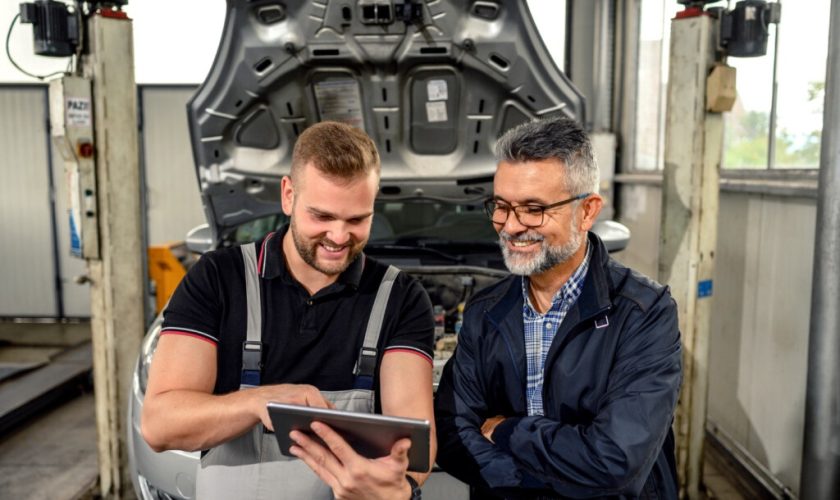When your car tilts to one side, it can be a worrying and perplexing issue. Even while some might dismiss it as typical wear and tear or overloading, an uneven stance on a car is frequently an indication of underlying suspension problems. Comprehending these rationales is crucial not only for the visual appeal of vehicles but also for their safety and maximum efficiency when driving.
Uneven Weight Distribution
Uneven weight distribution is one of the most frequent causes of a car’s sideways tilt. Numerous things, such as towing large objects, having tires with unequal air pressure, or even a broken suspension system, might cause this. An uneven vehicle posture can arise from suspension components that sag or compress differentially on one side of the vehicle that is much heavier than the other. This problem can be avoided by keeping a regular check on the weight of your car and making sure your tires are inflated to the correct level. For expert assistance, consider seeking Auto Services in Easley, SC to ensure your vehicle’s balance and performance are maintained.
Worn Suspension Components
Automobile suspension systems provide stability and comfort. However, pieces can break or wear out, causing tilting. A faulty spring or worn shock absorber on one side might affect how an automobile handles bends and uneven ground. If your car tilts, have a professional inspect the suspension system. Ignoring these signs could lead to more damage and costly repairs.
Misalignment Issues
Misaligned wheels can tilt a car. Uneven wheel wear might cause a tilt even if your car’s suspension is working properly. Driving over curbs, potholes, and wear and tear can cause alignment issues. Regular wheel alignment checks, even tire wear, and a balanced stance are vital for optimal handling and performance.
Tire Problems
Cars sit and move differently depending on their tires. Uneven tire wear may cause a car to tilt. Incorrect inflation, misalignment, or tire faults may cause this. Your tires’ unusual wear patterns may expose difficulties. Uneven tire wear may signal alignment or suspension issues that need to be rectified for safety and reliability.
The Impact on Safety and Performance
Skewed vehicles are visually unsightly and can compromise performance and safety. Unbalanced vehicles’ traction, steering, and braking might increase accident risk. It may also increase tire wear and suspension strain, requiring more expensive repairs. In order to maintain road safety, you must respond quickly if you notice your automobile leaning.
Conclusion
If your car tilts, obtain professional help. Skilled mechanics can discover and fix the problem. They may thoroughly inspect tires, suspension systems, and other parts for efficient repairs. Regular maintenance, inspections, and handling strange symptoms can keep your car safe and running well for years. Do not disregard that lean. It might prevent accidents, save money, and ensure driving safety.

